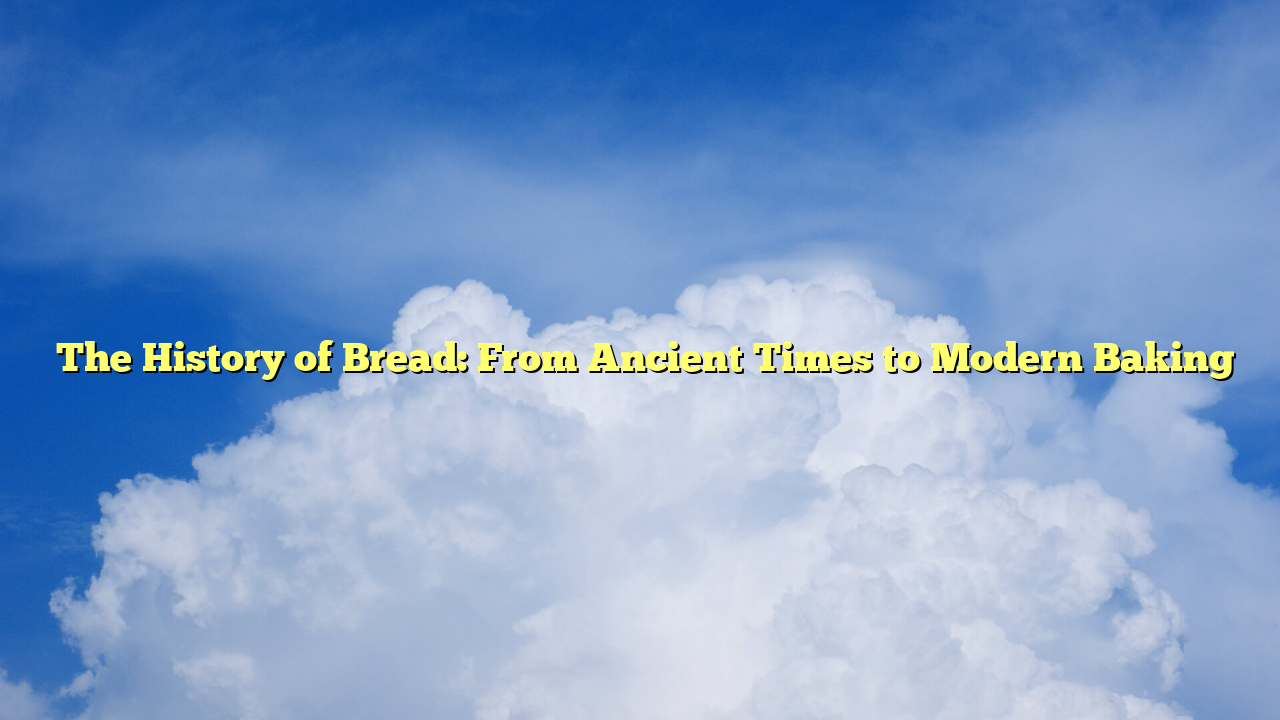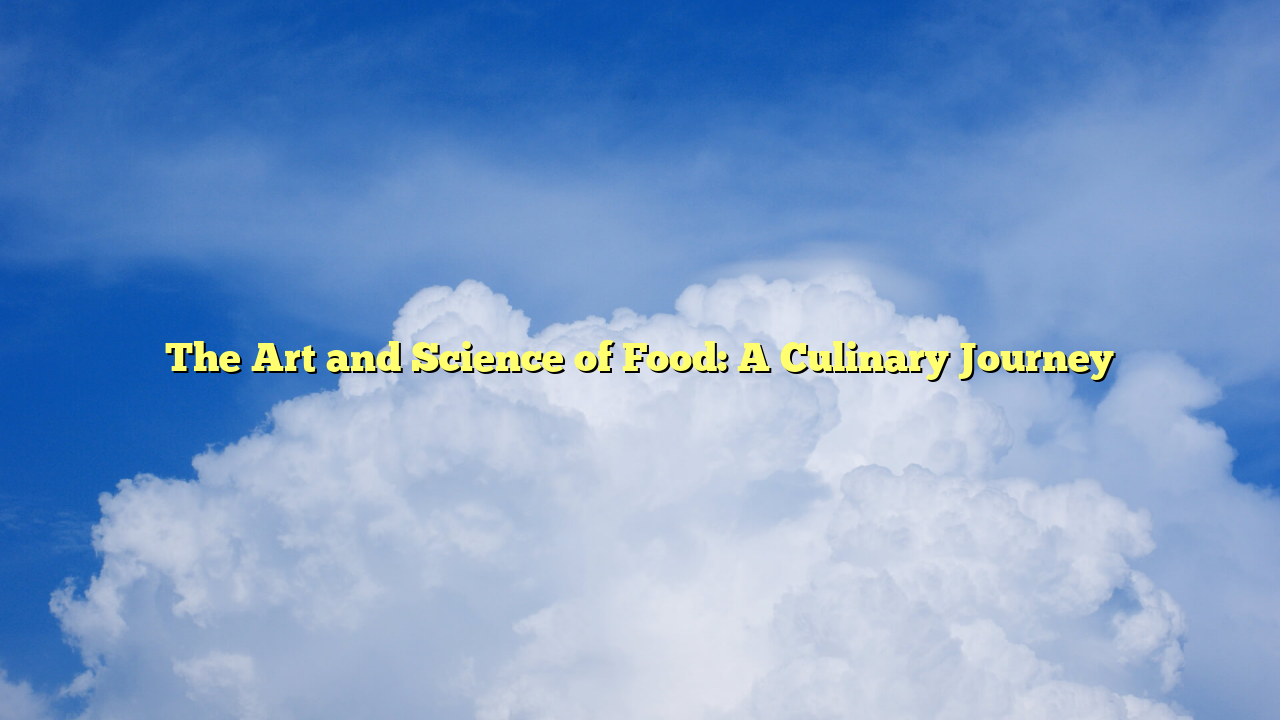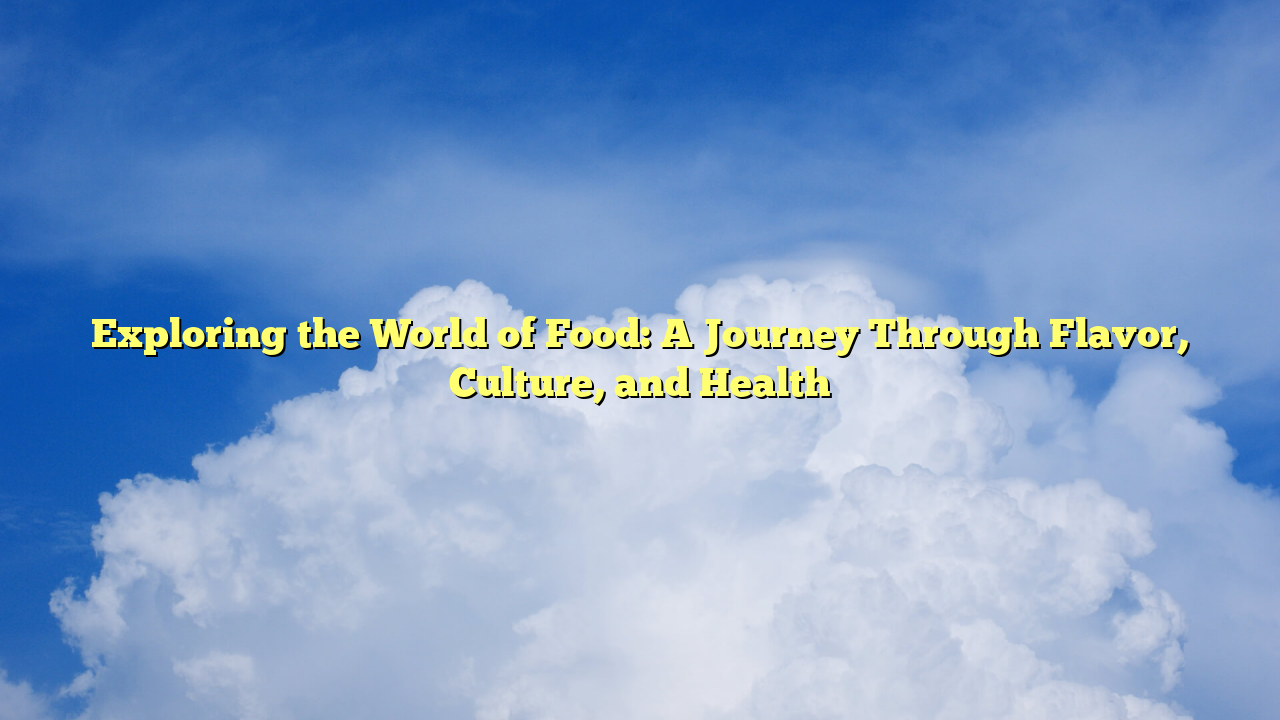Bread is one of the most fundamental foods in human history. From ancient civilizations to modern-day bakeries, it has been a staple in nearly every culture. The story of bread is not just about food—it’s about survival, innovation, and tradition. babeltoto explores the origins of bread, its evolution across different cultures, the science behind baking, and its role in today’s diet.
1. The Origins of Bread: A Journey Through Time
Bread-making dates back to around 10,000 years ago when humans first transitioned from hunting and gathering to farming. The earliest form of bread was likely a simple mixture of crushed grains and water, which was then cooked on hot stones.
Ancient Civilizations and Bread:
🍞 Egyptians (3000 BCE): The Egyptians were the first to discover fermentation, leading to the rise of leavened bread. They even used bread as currency!
🍞 Mesopotamians (2000 BCE): Created different types of flatbreads using barley and wheat.
🍞 Greeks & Romans (500 BCE – 500 CE): The Romans improved baking techniques and built the first public bakeries, making bread more accessible.
Bread became more than just food—it was a symbol of wealth, power, and social status.
2. Bread’s Evolution Across Different Cultures
Different regions developed their own styles of bread based on available ingredients and cultural traditions.
🥖 Europe:
● France: Baguettes, croissants, and brioche became iconic in French cuisine.
● Italy: Focaccia and ciabatta are popular for their rich flavors and textures.
🌍 Middle East & Asia:
● Pita (Middle East): A round, pocketed bread often used in Mediterranean dishes.
● Naan (India): A soft, leavened flatbread cooked in a tandoor oven.
● Mantou (China): A fluffy, steamed bread eaten with savory dishes.
🌎 Americas & Africa:
● Tortillas (Mexico): Made from corn or wheat, essential in Latin American cuisine.
● Injera (Ethiopia): A spongy, sourdough flatbread used as a base for meals.
These varieties of bread highlight how food connects people to their heritage.
3. The Science Behind Bread: What Makes It Rise?
Baking bread is both an art and a science. The key to fluffy, soft bread lies in yeast, gluten, and fermentation.
The Role of Yeast and Fermentation
● Yeast is a living organism that feeds on sugars in the flour.
● It releases carbon dioxide, causing the dough to expand and rise.
The Role of Gluten
● Gluten is a protein found in wheat that gives bread elasticity and structure.
● Kneading dough helps develop gluten, creating a chewy texture.
Modern baking techniques allow for greater control over these processes, leading to consistent, high-quality bread.
4. The Role of Bread in Modern Diets
Today, bread remains a staple food, but dietary trends have led to innovations in baking.
Traditional vs. Modern Bread
● Traditional bread uses minimal ingredients: flour, water, yeast, and salt.
● Many modern store-bought breads contain preservatives and artificial additives to extend shelf life.
Healthier Bread Options
● Whole grain bread – Rich in fiber and nutrients.
● Sourdough – Easier to digest due to natural fermentation.
● Gluten-free bread – Made for people with gluten intolerance or celiac disease.
As consumer awareness grows, there is a shift toward healthier, artisanal bread-making.
5. Conclusion: The Future of Bread
From ancient grains to modern bakeries, bread has stood the test of time. It has evolved based on cultural traditions, technological advancements, and changing dietary needs. Whether it’s a warm baguette, a fluffy naan, or a rustic sourdough loaf, bread continues to be a universal food that brings people together.
The next time you enjoy a slice of bread, take a moment to appreciate its rich history and deep cultural significance.
The History of Bread: From Ancient Times to Modern Baking



